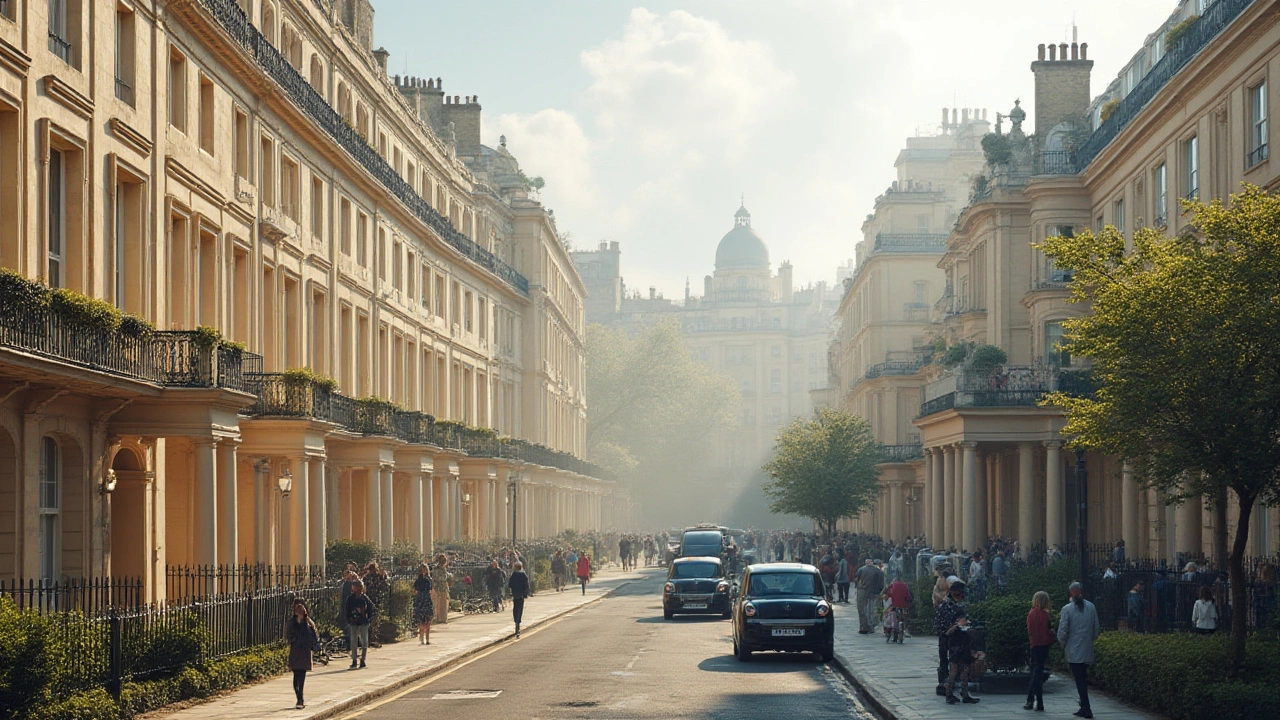Urban landscape: what to notice in city architecture and public space
Urban landscape is more than buildings. It’s streets, parks, plazas, and the way people move through a city. If you want to read better, take photos, or plan a design project, start by spotting patterns: symmetry, materials, scale, and how space makes you feel.
Quick ways to read a city
Look up and look down. Facades tell a city's age and values — grand columns hint at Greek Revival or Beaux-Arts; pointed arches mean Gothic Revival; flowing details suggest Art Nouveau. Pavement, benches, and trees tell you how a place works for people. Wide sidewalks, bike lanes, and street furniture usually mean the city prioritizes public life.
Use small tests. Walk one block slowly and note three things you like and three things that block movement or comfort. Take photos from the same corner at different times of day to see how light and crowds change the space. These simple checks quickly reveal whether an urban landscape is designed for people or cars.
Styles you’ll find here — and why they matter
This tag gathers a wide range of architecture that shapes city life. Ancient Roman engineering still influences city grids and bridges. Gothic and Renaissance styles shape the emotional drama of old squares. Beaux-Arts and Baroque bring grand public buildings and civic pride. Postmodern and Minimalist pieces show how recent designers question old rules. Each style affects how you move, wait, and meet in public spaces.
If you want practical reading picks: check articles on Ancient Roman Architecture for engineering ideas, Gothic Revival for vertical drama, and Beaux-Arts for how civic design creates memorable streets. Posts about preservation explain how to keep these places usable today without killing their soul.
Want to use city ideas at home? Borrow proportions and materials rather than pasting a style. A Greek Revival column can inspire a porch post; a Beaux-Arts cornice might suggest a bold entry. For interiors, Craftsman details bring warmth while Minimalist lines keep clutter down. Mix thoughtfully — aim for function first.
Planning a walking route? Pick one theme per walk: mosaics and domes, or facades from the 19th century. Time your walk for soft morning light or golden hour for better photos. Bring a notebook and sketch small details — you’ll remember textures and moods that photos miss.
If you’re involved in design or public policy, think in three layers: buildings, streetscape, and people. Good buildings can fail if the street ignores pedestrians. Small interventions — benches, trees, lighting — change how people use public space faster than big projects.
Start exploring with curiosity. Read a couple of the linked guides to get context, then go see examples in your city. The urban landscape is a living textbook — and you don’t need a degree to learn from it.

Georgian Architecture Influence on Modern Urban Design: A Deep Dive
Explore how Georgian architecture shaped city layouts, building styles, and community planning. Learn about its history and lingering impact on today's urban spaces.
Read more